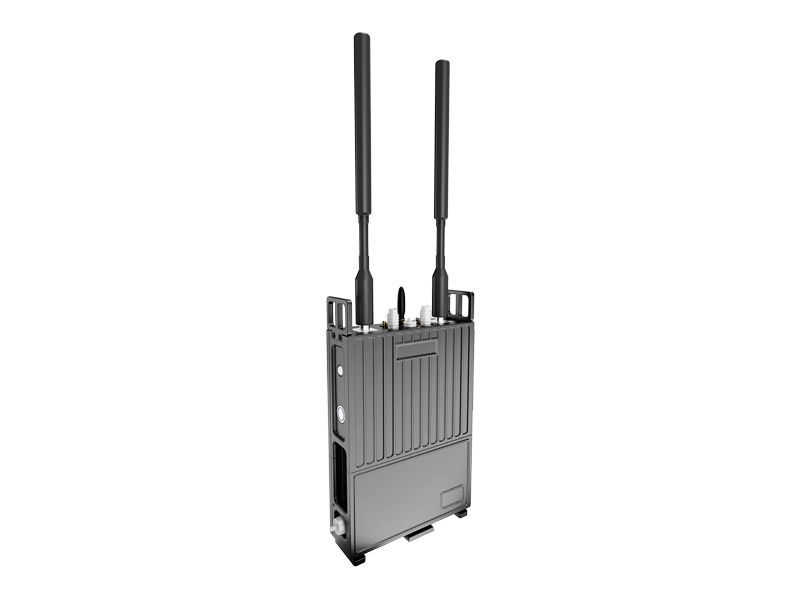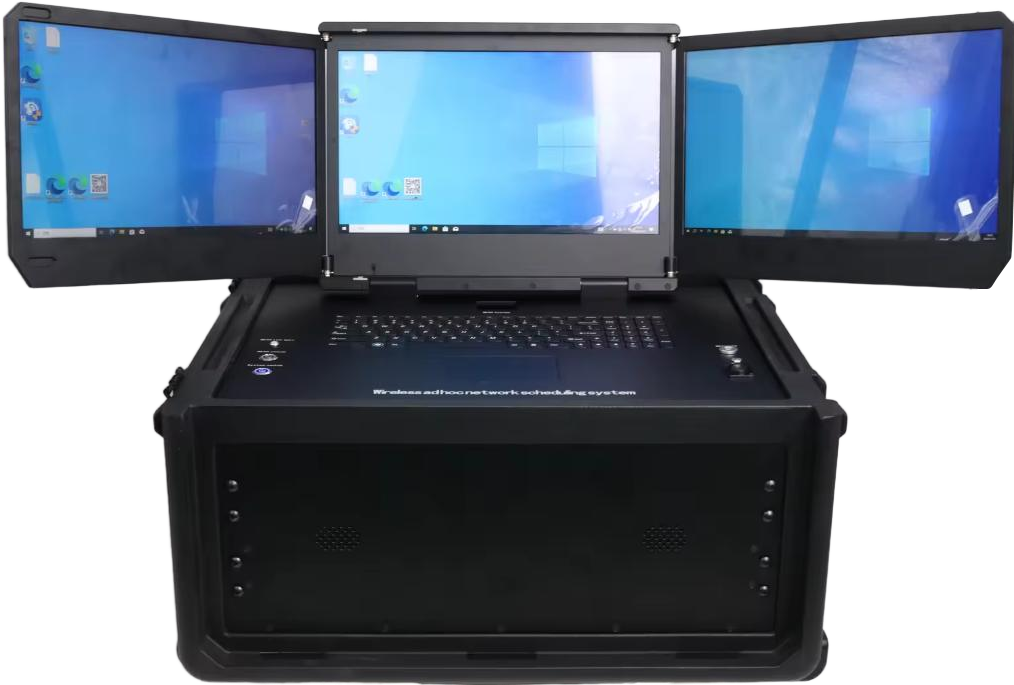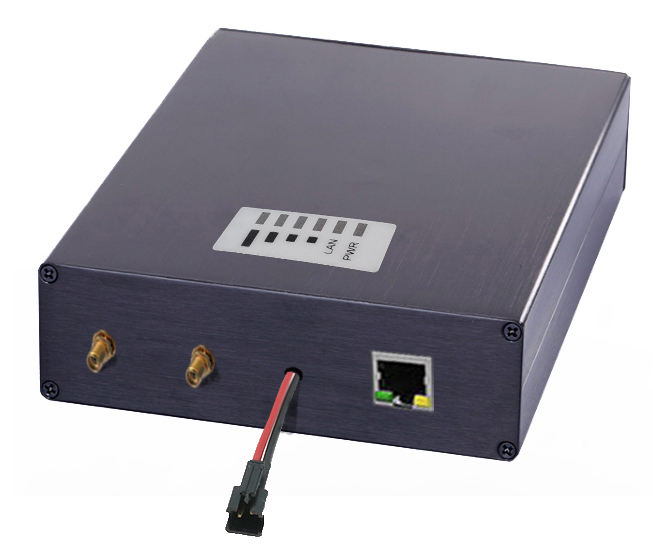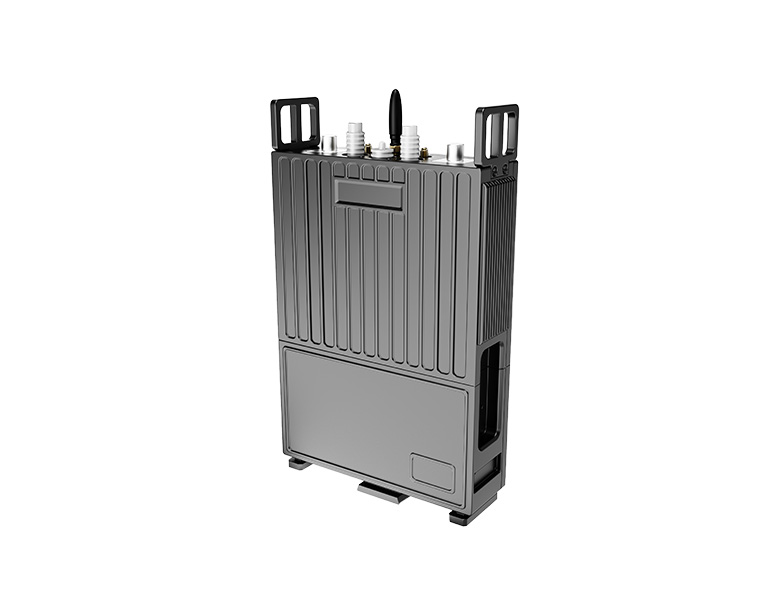News Center
-
 2025-11-13In modern military and emergency response operations, communication is the lifeline. Success for special forces behind enemy lines or disaster relief teams often hinges on one critical factor: robust, reliable, and feature-rich communication. Traditional devices frequently force a trade-off between portability and power, or between battery life and functionality.
2025-11-13In modern military and emergency response operations, communication is the lifeline. Success for special forces behind enemy lines or disaster relief teams often hinges on one critical factor: robust, reliable, and feature-rich communication. Traditional devices frequently force a trade-off between portability and power, or between battery life and functionality. -
 2025-11-13
2025-11-135G technology helps wireless communication systems move towards a new era
As the demand for wireless communication continues to grow, wireless communication systems are also constantly evolving and improving. In recent years, the emergence of 5G technology has brought new opportunities and challenges to wireless communication systems. The rapid transmission of 5G technology... -
 2025-11-10
2025-11-105GHz High-Speed Series: Wireless Transmission Upgrade & Core Value
In an era of rapidly evolving wireless communications, the demand for long-distance, high-definition, stable, and low-latency data transmission continues to rise. From industrial monitoring and security video backhaul to UAV systems and cross-regional network connectivity, enterprises are increasingly relying on high-speed wireless links to support real-time and highly reliable operations. Among available frequency bands, 5GHz High Data Rate devices—featuring larger bandwidth, better interference resistance, and suitability for high-density environments—have become a core choice for next-generation wireless communication. -
 2025-11-07
2025-11-07Long-Distance IP Mesh Radio: How It Maintains Signal Stability
In modern wireless communication, long-distance connectivity is a critical requirement for military operations -
 2025-11-06
2025-11-06How Does the Base Station Telecom Series Empower Cross-Industry Long-Distance Communication Networks?
As digital transformation accelerates across all industries, communication systems are rapidly evolving from “supporting tools” into core productive assets. In key verticals such as energy, power grids, public safety, transportation, and industrial operations, stable, high-power, long-distance wireless communication is becoming an essential part of infrastructure development. -
 2025-11-05
2025-11-05Efficient Wireless Networks: "Network Bridge" Applications & Trends
In many industries—especially defense, security, UAV monitoring, remote communication, emergency response, and mobile field operations—traditional wired infrastructure often fails to meet the demands of high flexibility, rapid deployment, and reliable connectivity. Wired installations are costly, difficult to maintain, and constrained by terrain and environment. -
 2025-10-30
2025-10-30How IP Mesh Radios Enable Reliable Emergency Communication Systems
IP Mesh Radios provide a solution by delivering self-forming, self-healing, and broadband wireless networks that maintain reliable connectivity even when conventional systems fail. This article explores how IP Mesh technology supports emergency communication systems, ensuring real-time coordination and rapid response. -
 2025-10-28
2025-10-28Applications of IP Mesh Radios in Military and UAV Communication
IP Mesh Radio is a type of wireless communication device that forms a mesh network, where every node acts as both a transmitter and a receiver. Unlike traditional point-to-point or point-to-multipoint systems that depend on a central base station, mesh networks allow data to hop dynamically between multiple nodes.








